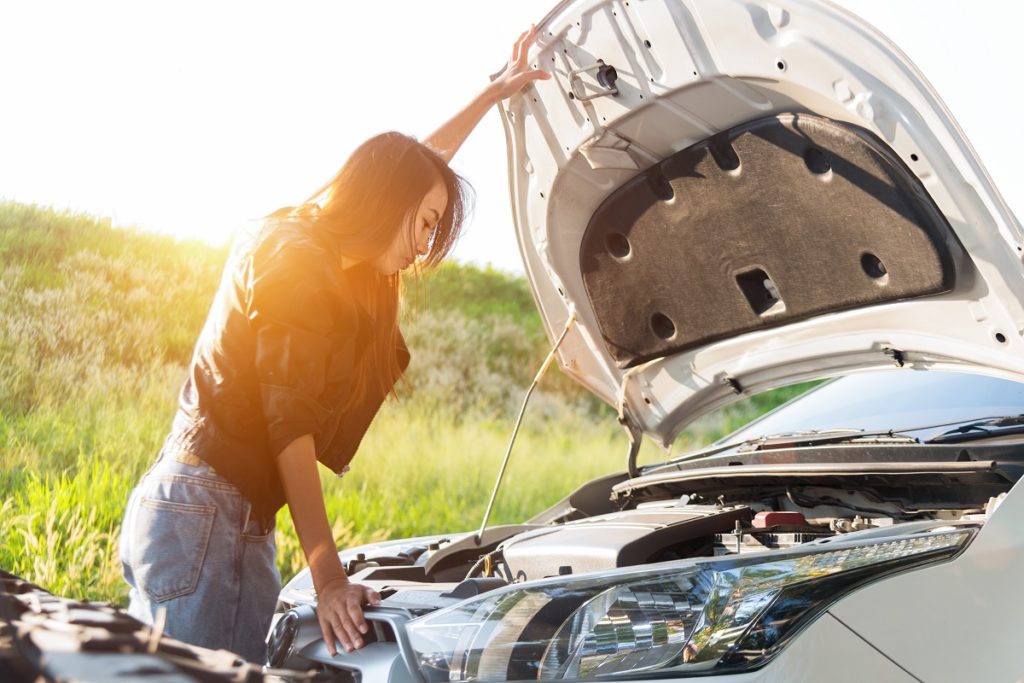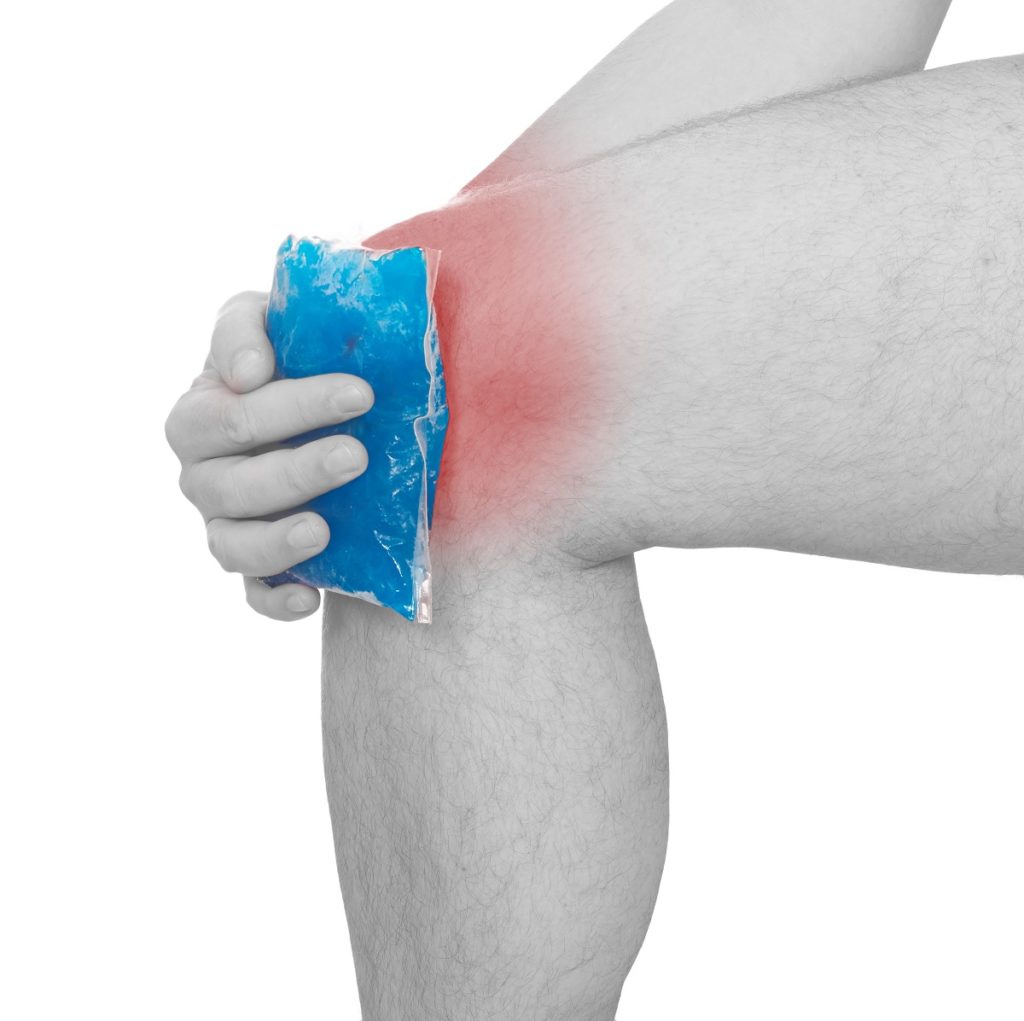You’ve been stuck in the same place for quite some time. You’ve been catching yourself daydreaming more often than usual, too. There are places you’d rather be, interesting people to meet, and adventures to be had.
It’s time for a road trip.
According to a survey conducted in April 2021, 76% of Americans intend to go on a road trip in the next 12 months, while 57% said they already went on one. It’s not surprising since most of us have been stuck in our homes for well over a year.
However, road trips are more than just calculating budgets, planning routes, or getting hotel reservations. These trips are like marathons for your car. You need to inspect your vehicle to make sure it doesn’t get you stranded in the middle of nowhere.
Let’s take a look at some important things you need to inspect before you hit the road.
Check Your Tire Pressure
Having good working tires contributes to your vehicle’s overall safety, comfort, and fuel efficiency. That’s why it’s essential to inspect them before the trip.
Visually scan the surface of each of your tires for any signs of damage. Look for cracks, tears, flat spots, scuffs, and bulges on the sidewalls. If you find any nails or stone stuck in the rubber, better call an expert to remove it.
If you are going on a long trip, don’t forget to do a penny test. Place a penny into your tire’s tread groove upside down or headfirst. If you can see Lincoln’s head clearly, that means your tire treads are thin and could be prone to slipping while driving. The tire needs to be replaced.

Check and Clean Your Windshields
Checking and cleaning your windshields may not look like much, but ignoring it can be deadly to you or someone else. Maintain good visibility while driving by making sure the windshields are clean. Check your windshield washer fluid and make sure the wiper is working. If there are any chips or cracks in the glass, it needs to be repaired.
Check The Lights and Electronics
Make sure all your car’s interior and exterior lights are working properly. Have someone stand in front of the car while you turn on each light in succession — main beam headlights, dipped beams, and indicators. You can also have them check the brake lights in the back.
Make sure to check on the electronics. The last thing you want to happen is to lose light in the middle of a night drive. Turn on the engine and toggle the switches. Check if they produce enough light to make it possible for you to see the gauges at night.
Familiarize yourself with the different dashboard warning lights. If you notice blinking when checking the engine light, your car needs service. A blinking engine light usually indicates a serious issue that needs to be addressed immediately.
Check Your Engine Oil
Engine oil is your car’s most important fluid next to fuel. Engine oil makes it possible for the engine to run smoothly. Use a dipstick to inspect the oil and see how much is in your engine. If the level is at or below the dipstick’s minimum marker, add more immediately.
You can also smear some engine oil on your fingers to check its condition. The oil should be slick, smooth, and yellow. If you notice particles and the oil’s color is dark, something could be wrong, and it needs to be checked by a professional.
You can also check your vehicle’s other fluids like power steering, brake fluids, and transmission fluids. Make sure they are not below the minimum markers. Coolants can also become acidic over time, causing corrosion. Coolants should be checked every 50,000 miles or so.
Every car owner knows how car care can be a pain, but the peace of mind and safety it provides is priceless. You are out there to have an adventure and to spend time at the side of the road waiting for a tow truck. Make sure your car has what it needs to be in tiptop shape, and it will take you to that adventure you’ve been waiting for.




